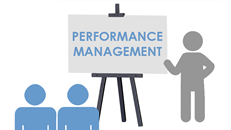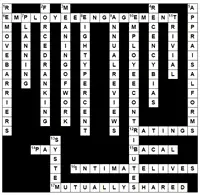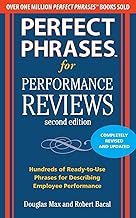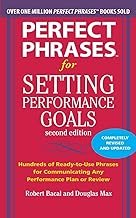If You Don't Know "Why", You Can't Fix It
Let’s recap where we are in the overall performance management process. We started with performance planning, working with the employee to clarify job roles, responsibilities, and expectations. We communicated all throughout the year about performance, so we could catch problems early and so there would be no surprises during the review meeting. We gathered information and made some observations of the employee’s performance, again throughout the year, and we reviewed performance with the employee.
None of that has any value unless we can somehow use this process to improve performance. We’ve talked and clarified and now we need to move closer and closer to creating a plan of action to improve performance, regardless of the current levels.
Performance diagnosis and performance problem solving are the missing link between talking about performance and improving it.
Performance diagnosis is the process by which you work with the employee, applying information to identify the underlying causes of poor performance and reasons why performance has been good and to identify barriers to better performance in the future.
Clearly, unless you know the why’s of performance you can’t develop a plan to remedy or improve it. You can’t even figure out how to maintain existing performance when it is at a high level.
When Does Performance Diagnosis Happen?
It should be a
major part of the performance review meeting, butmajor part of the performance review meeting, but if that’s the only time you apply the diagnostic process, you’re going to be
less effective. It’s also a year-round process, as is its companion, performance problem solving.
Performance problem solving is the process by which you identify and create a strategy—an action plan, if you like, to address and remove the barriers to performance you identified using performance diagnosis. Or, on the positive side, it may simply be to identify the actions you want the employee to continue, since they have been successful. Again, let’s not focus only on what’s not gone well. Yes, we need to fix problems, but we also need to know what’s going well, so it can continue to go well.
By the end of performance diagnosis and performance problem solving, regardless of whether it’s part of the review meeting or not, you should end up with a set of actions that you, the employee, the work unit, and/or the company are going to undertake. If your diagnosis and problem-solving outcomes are accurate, you will end up with better performance.
For a step by step mini-guide on diagnosing and solving employee performance problems, click here. You'll be quite surprised at what actually causes a good majority of performance issues!
Example of Diagnosing Employee Performance Issues
During the performance review, Mike, the manager, and Bob, a salesperson, went over some of the yearly sales figures and found that Bob was doing well selling to customers whose first language was English but was making virtually no sales with those whose mother tongue was Spanish. During the diagnostic discussion, Bob and Mike decided that Bob’s inexperience with the culture and language of a major group of customers negatively affected his ability to work with them. (That’s the diagnostic part.)
They agreed that it might help if Bob did two things: first, learn more about the Hispanic culture and Hispanic customers, and second, take some basic Spanish lessons. The idea was to show potential customers that Bob (and the company) valued their business enough to try to speak their language.
The result was that Bob’s sales figures rose in that demographic. The company decided to follow similar strategies with some of its other staff members who expressed an interest.
This is a great example of how the diagnostic and problem-solving process can work. Not only can it succeed in improving
one individual’s performance, but also the ideas generated can
be used to improve the performances of others.




